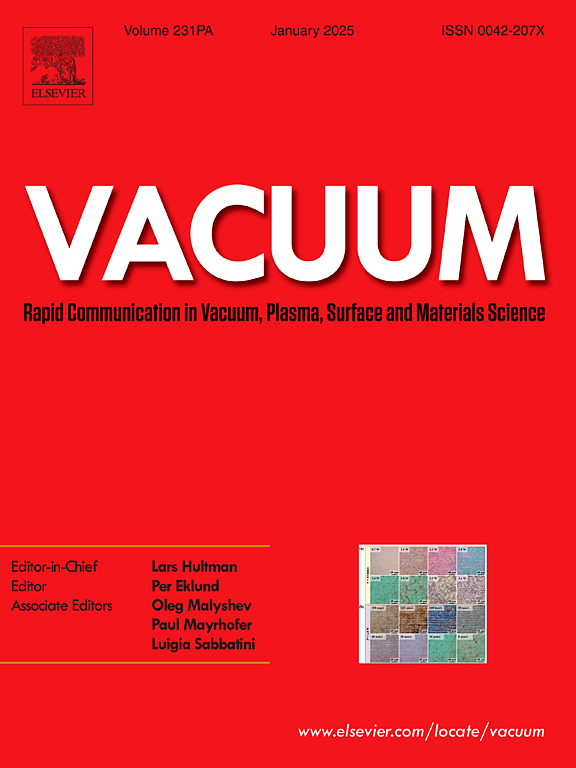Study on reducing carbon emission of clean continuous magnesium smelting process by combining flow field disturbance rate and crystallization nucleation mechanism
IF 3.8
2区 材料科学
Q2 MATERIALS SCIENCE, MULTIDISCIPLINARY
引用次数: 0
Abstract
Compared with vacuum continuous magnesium smelting process, it has the advantages of low carbon, energy saving and continuous production. In the process of magnesium vapor condensation, the flow field disturbance caused by the carrier gas destroys the free diffusion crystallization of magnesium vapor, and usually exhibits a powder crystalline state. In this paper, the condensation nucleation model is constructed based on the Clausius-Clapeyron equation, and the large-size crystallization method of magnesium vapor particles carried by carrier gas is reported. The results show that the condensation efficiency increases by 20.3 % with the increase of crystal size after process optimization, the carbon emission produced by producing tons of magnesium decreases by 2.23–2.63t, and the energy consumption decreases by 0.609–0.710tce.
结合流场扰动率和结晶成核机理降低清洁连续炼镁过程碳排放的研究
与真空连续炼镁工艺相比,具有低碳、节能、连续生产等优点。在镁蒸气冷凝过程中,载气引起的流场扰动破坏了镁蒸气的自由扩散结晶,通常呈现粉末结晶状态。本文基于Clausius-Clapeyron方程建立了凝聚成核模型,报道了载气携带镁蒸气颗粒的大尺寸结晶方法。结果表明:工艺优化后,随着结晶尺寸的增大,缩聚效率提高20.3%,每吨镁的碳排放量降低2.23 ~ 2.63t,能耗降低0.609 ~ 0.710tce。
本文章由计算机程序翻译,如有差异,请以英文原文为准。
求助全文
约1分钟内获得全文
求助全文
来源期刊

Vacuum
工程技术-材料科学:综合
CiteScore
6.80
自引率
17.50%
发文量
0
审稿时长
34 days
期刊介绍:
Vacuum is an international rapid publications journal with a focus on short communication. All papers are peer-reviewed, with the review process for short communication geared towards very fast turnaround times. The journal also published full research papers, thematic issues and selected papers from leading conferences.
A report in Vacuum should represent a major advance in an area that involves a controlled environment at pressures of one atmosphere or below.
The scope of the journal includes:
1. Vacuum; original developments in vacuum pumping and instrumentation, vacuum measurement, vacuum gas dynamics, gas-surface interactions, surface treatment for UHV applications and low outgassing, vacuum melting, sintering, and vacuum metrology. Technology and solutions for large-scale facilities (e.g., particle accelerators and fusion devices). New instrumentation ( e.g., detectors and electron microscopes).
2. Plasma science; advances in PVD, CVD, plasma-assisted CVD, ion sources, deposition processes and analysis.
3. Surface science; surface engineering, surface chemistry, surface analysis, crystal growth, ion-surface interactions and etching, nanometer-scale processing, surface modification.
4. Materials science; novel functional or structural materials. Metals, ceramics, and polymers. Experiments, simulations, and modelling for understanding structure-property relationships. Thin films and coatings. Nanostructures and ion implantation.
 求助内容:
求助内容: 应助结果提醒方式:
应助结果提醒方式:


